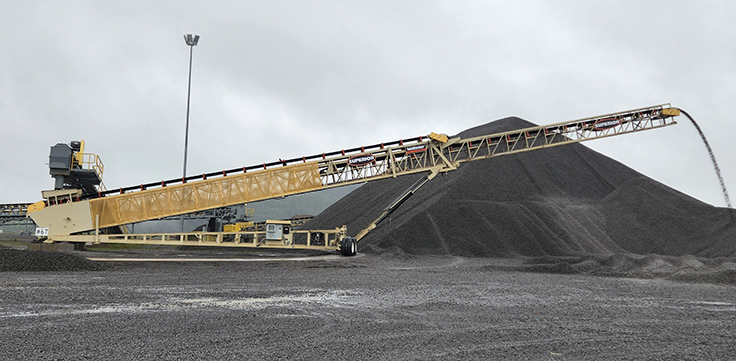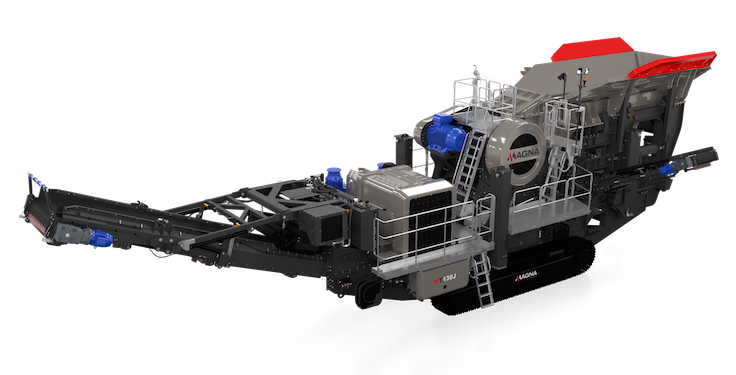
The year is almost half over, and the industry is in the heart of the 2024 aggregate production season. Here’s a look at a few developments that took shape of late.
• Sales are healthy, yet down slightly. Crushed stone, sand and gravel production dipped less than 1 percent in 2023 based on the U.S. Geological Survey’s (USGS) calculation, totaling 2.47 billion metric tons. That total is very close to the production mark USGS reported for 2022 (2.44 billion metrics tons), and it’s not too far off from the final figure the agency published for 2021 (2.54 billion metric tons).
As the magazine went to press this month, USGS had not yet published nationwide crushed stone, sand and gravel production totals for the first quarter of 2024. But producer sentiments about the start to this year supports the notion that sales volumes are down.
Many of the industry’s public producers pointed to inclement weather as a factor for lower shipments in January, February and March.
Of course, the first quarter is typically a wild card for producers operating in more northern climates. In some years, the weather is conducive for an early start-up. In others, producers are lucky to have their plants running by the end of March.
Unfortunately, the weather wasn’t as friendly to some producers to start 2024. Vulcan Materials, Martin Marietta and Granite Construction were among those to cite weather as a contributing factor in their first-quarter outcomes.
• Construction is evolving, and opportunities remain. At the end of the day, demand for materials is still there for the taking.
Although nonresidential construction isn’t what it was a few years ago due to dips in sectors like warehousing, office and retail, materials demand tied to infrastructure is strong – and it should continue to be a top performer in the coming months.
Says Ward Nye, chairman and CEO of Martin Marietta: “Our positive outlook … reflects continued pricing momentum together with the product demand we expect from record federal- and state-level infrastructure investments, large-scale heavy industrial activity, data centers and energy projects, which should counterbalance softer residential and warehouse construction demand, as well as an anticipated moderation in light nonresidential activity.”
• Aggregate pricing continues to increase. The pricing momentum that producers established as inflation came into play three years ago continues into 2024.
Despite lower volumes being the trend for some, producers continue to leverage price as a means to achieve earnings improvements – with many implementing additional increases at the start of this year.
Arcosa president and CEO Antonio Carrillo summarizes the business environment as such.
“In construction products, we continued to benefit from strong pricing momentum, offsetting a modest decline in overall aggregates volume,” Carrillo says, adding that favorable market tailwinds, a stabilized workforce and improved plant reliability have his company positioned for growth.












